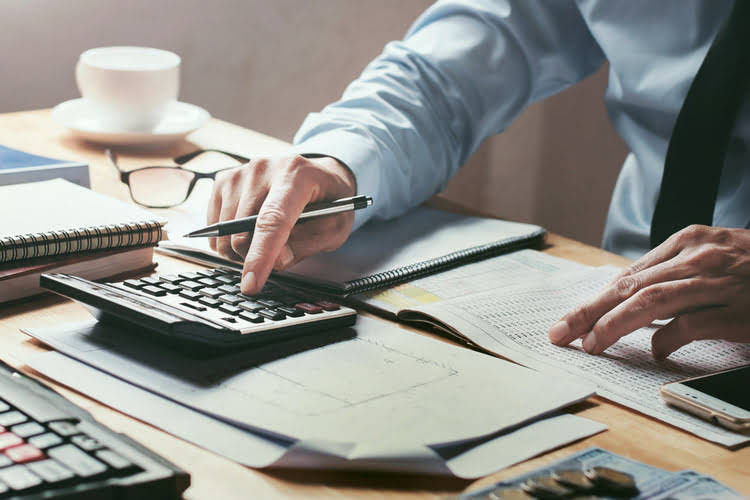
It shows its assets, liabilities, and owners’ equity (essentially, what it owes, owns, and the amount invested by shareholders). Current liabilities are debts or financial obligations that are due within one year. Most businesses have several current liabilities, deferred revenue, such as accounts payable, taxes payable, and salaries payable. Keeping a close eye on your current liabilities is essential because getting too high could put your business in financial jeopardy. Next, you’ll follow the same process to calculate current and long-term liabilities. Items such as accounts payable are considered current liabilities, while notes payable or bank loans are considered long-term liabilities.
Preferred stock is assigned an arbitrary par value (as is common stock, in some cases) that has no bearing on the market value of the shares. The common stock and preferred stock accounts reading balance sheets for dummies are calculated by multiplying the par value by the number of shares issued. Lastly, inventory represents the company’s raw materials, work-in-progress goods, and finished goods.
Current (Short-Term) Liabilities
Armed with this knowledge, investors can better identify promising opportunities while avoiding undue risk, and professionals of all levels can make more strategic business decisions. Any business which runs accounting software will have the ability to create the report within the software. We have included a free Excel template if you are running a manual system.
Further quality of assets cannot be directly determined using the balance sheet alone. The balance sheet is often considered the most important of the three statements, as it can be used to determine the health and durability of a business. For example, when doing credit analysis, a lender studies the strength of the balance sheet before determining if the cash flows are enough to service the debt. Hence, there is a constant focus on maintaining a strong and healthy balance sheet. Determining your business’s ability to meet current financial obligations or defining your working capital.
Non-Current (Long-Term) Assets
A balance sheet, along with the income and cash flow statement, is an important tool for investors to gain insight into a company and its operations. It is a snapshot at a single point in time of the company’s accounts—covering its assets, liabilities, and shareholders’ equity. The purpose of a balance sheet is to give interested parties an idea of the company’s financial position, in addition to displaying what the company owns and owes. It is important that all investors know how to use, analyze and read a balance sheet. The balance sheet, like the cash flow statement and the income statement, are all required by GAAP rules. This balance sheet also reports Apple’s liabilities and equity, each with its own section in the lower half of the report.






